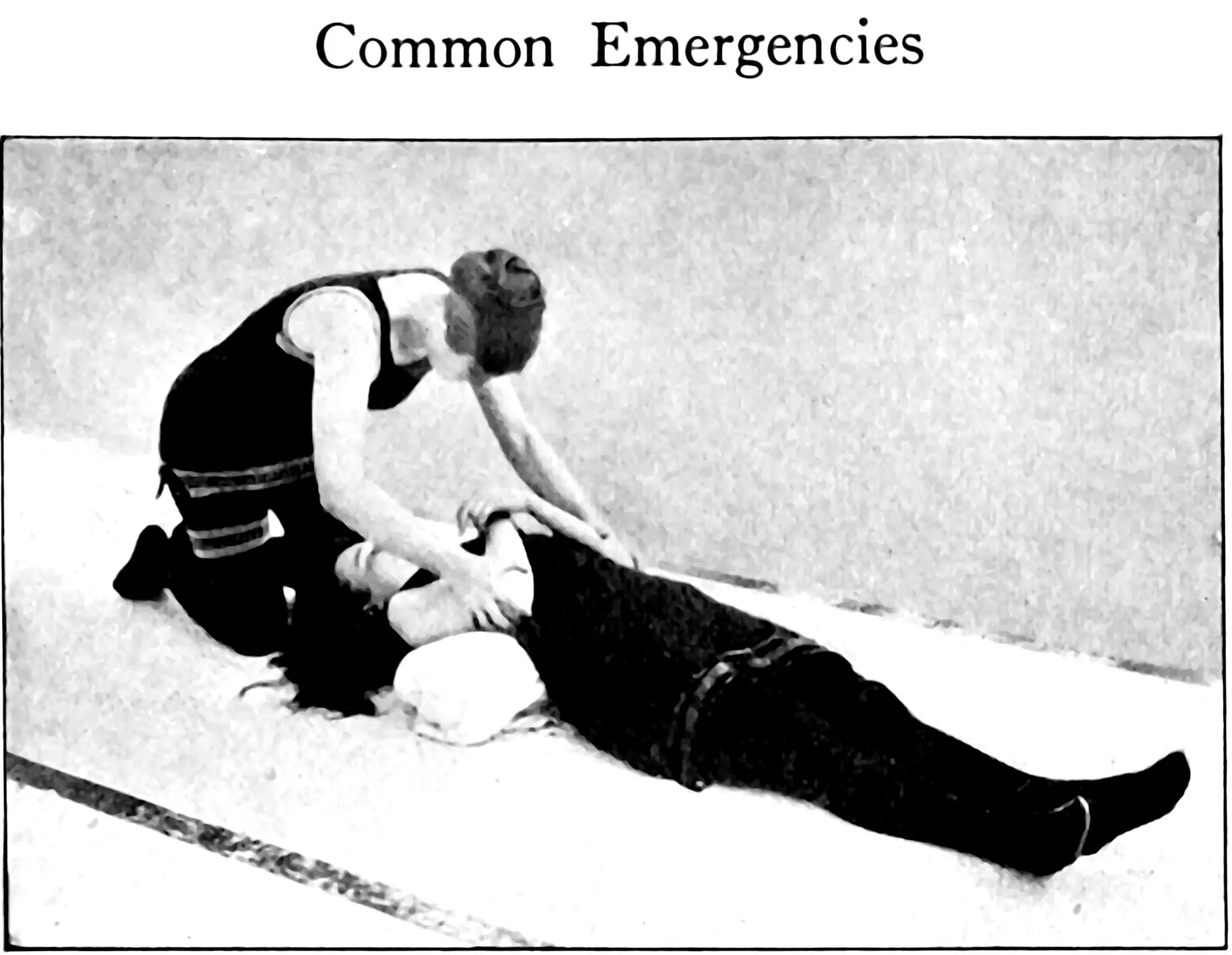Cirillo, and Taleb. 2020.
“Tail Risk of Contagious Diseases.” Nature Physics.
Filimonov, Bicchetti, Maystre, et al. 2014.
“Quantification of the High Level of Endogeneity and of Structural Regime Shifts in Commodity Markets.” Journal of International Money and Finance, Understanding International Commodity Price Fluctuations,.
Lux, and Sornette. 2002.
“On Rational Bubbles and Fat Tails.” Journal of Money, Credit and Banking.
Malevergne, Y, and Sornette. 2005. Extreme Financial Shocks : From Dependence to Risk Management.
Sornette, Didier. 2003.
“Critical Market Crashes.” Physics Reports.
———. 2006.
“Endogenous Versus Exogenous Origins of Crises.” In
Extreme Events in Nature and Society. The Frontiers Collection.
———. 2009a.
“Probability Distributions in Complex Systems.” In
Encyclopedia of Complexity and Systems Science.
Sornette, Didier, and Cauwels. 2012.
“The Illusion of the Perpetual Money Machine.” SSRN Scholarly Paper ID 2191509. Notenstein Academy White Paper Series.
———. 2015.
“Managing Risk in a Creepy World.” Journal of Risk Management in Financial Institutions.
Sornette, D, and Helmstetter. 2003.
“Endogenous Versus Exogenous Shocks in Systems with Memory.” Physica A: Statistical Mechanics and Its Applications.
Sornette, D., Malevergne, and Muzy. 2004.
“Volatility Fingerprints of Large Shocks: Endogenous Versus Exogenous.” In
The Application of Econophysics.
Sornette, Didier, Woodard, Yan, et al. 2013.
“Clarifications to Questions and Criticisms on the Johansen–Ledoit–Sornette Financial Bubble Model.” Physica A: Statistical Mechanics and Its Applications.
Tainter. 1988. The Collapse of Complex Societies.
———. 2006.
“Archaeology of Overshoot and Collapse.” Annual Review of Anthropology.
Taleb. 2007.
“Black Swans and the Domains of Statistics.” The American Statistician.
———. 2010. The Black Swan:The Impact of the Highly Improbable: With a new section: “On Robustness and Fragility”.
Yukalov, Yukalova, and Sornette. 2009.
“Punctuated Evolution Due to Delayed Carrying Capacity.” Physica D: Nonlinear Phenomena.
